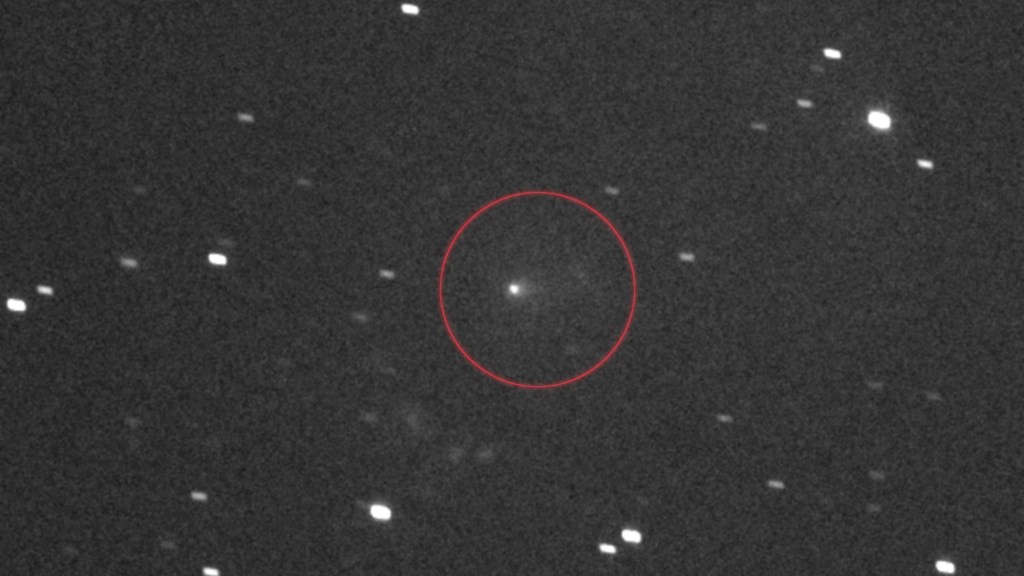I met Metalion during a drunken night at Oslo’s Inferno Festival in 2003. I was impressed by his kind nature and unparalleled knowledge of extreme metal, so we stayed in touch over the next few years, occasionally geeking out over cameras and records. My friend Johan Kugelberg, the essential editorial force behind my new book of photos documenting the black-metal scene (
, published by Vice Books), was also in touch with Metalion and suggested bringing him in to help put together the book.
In 1985, Metalion started Slayer, which would become Norway’s most influential and essential metal fanzine. Metalion is kind of like the Virgil of black metal. He was there for all the notorious events, and his first-person understanding is reflected in his brilliant fanzine. There is no better authority on this often misunderstood and misreported genre.
What follows is Metalion’s primer on the unholy history of Norwegian black metal. —PETER BESTE
Kerrang!
In 1985, Metalion started Slayer, which would become Norway’s most influential and essential metal fanzine. Metalion is kind of like the Virgil of black metal. He was there for all the notorious events, and his first-person understanding is reflected in his brilliant fanzine. There is no better authority on this often misunderstood and misreported genre.
What follows is Metalion’s primer on the unholy history of Norwegian black metal. —PETER BESTE
Videos by VICE





BLACK METAL MEDIA

More
From VICE
-

Image Credit: Kyodo -

The cast of the Dick Van Dyke Show, circa 1965. (Credit: Bettman/Getty Images) -

3I/ATLAS -

Isaac Hayes (Photo by Anthony Barboza/Getty Images)
